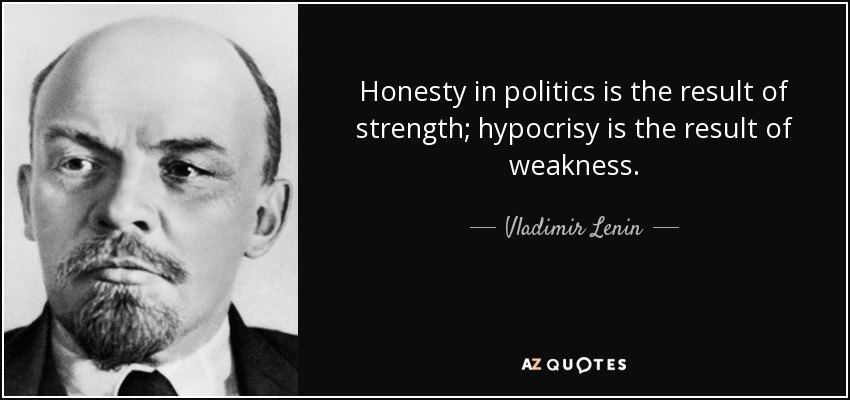I wasn’t expecting to find myself reflecting on Fidel Castro’s childhood while reading this chapter of The Fidel Castro Reader. I don’t know much about Castro’s personal life, but I was struck by how he too was immersed in religion at a young age, attending Catholic schools and being shaped by that environment.
Read More »Tag: intellectuals
Mao – On the Question of the National Bourgeoisie and the Enlightened Gentry
Lenin on hypocrisy in politics
Che Guevara: Socialism and man in Cuba

Dear compañero,
Though belatedly, I am completing these notes in the course of my trip through Africa, hoping in this way to keep my promise. I would like to do so by dealing with the theme set forth in the title above. I think it may be of interest to Uruguayan readers.
A common argument from the mouths of capitalist spokespeople, in the ideological struggle against socialism, is that socialism, or the period of building socialism into which we have entered, is characterized by the abolition of the individual for the sake of the state. I will not try to refute this argument solely on theoretical grounds but rather to establish the facts as they exist in Cuba and then add comments of a general nature. Let me begin by broadly sketching the history of our revolutionary struggle before and after the taking of power.
Imperialism and Socialism in Italy, 1915
First published in the journal Kommunist in 1915.
Read for free online: Imperialism and Socialism in Italy
Vladimir Lenin – Imperialism and Socialism in Italy, 1915
Democrats or not, we don’t owe Joe Biden our votes

US Democratic Party operatives are already trying to beat their electorate into submission for 2024
Democrats or not, we don’t owe Joe Biden our votes
The derangement of the American mind
America is out of control, and is the main threat to the world’s peace, security and civilizations.
The derangement of the American mind
Modern art was CIA ‘weapon’


For decades in art circles it was either a rumour or a joke, but now it is confirmed as a fact. The Central Intelligence Agency used American modern art – including the works of such artists as Jackson Pollock, Robert Motherwell, Willem de Kooning and Mark Rothko – as a weapon in the Cold War. In the manner of a Renaissance prince – except that it acted secretly – the CIA fostered and promoted American Abstract Expressionist painting around the world for more than 20 years.
Modern art was CIA ‘weapon’
White House officials know Israel is an apartheid state, but they can’t say so
Beltway scholar Mark Lynch says even the White House understands Israel practices apartheid, even if it won’t say so publicly, because Palestinian intellectuals have led the way in shifting the foreign policy establishment.
White House officials know Israel is an apartheid state, but they can’t say so
Capitalism’s Court Jester: Slavoj Žižek
One of the most prominent intellectuals in the contemporary world was named to the list of the “Top 100 Global Thinkers” in Foreign Policy magazine in 2012. He shares this distinction with the likes of Dick Cheney, Recep Tayyip Erdoğan, Benjamin Netanyahu, and former Mossad director Meir Dagan. The theorist’s best idea—according to this well-known publication that is a virtual arm of the U.S. State Department—is that “the big revolution the left is waiting for will never come.”
Capitalism’s Court Jester: Slavoj Žižek
Related:
Upcoming: Gabriel Rockhill | Why Slavoj Žižek is Capitalism’s Court Jester (YouTube)





You must be logged in to post a comment.